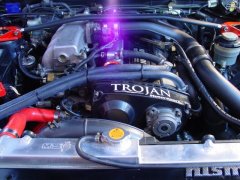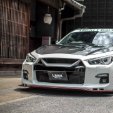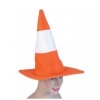This Is How To Measure Your Car For New Wheels
Announcements
-
Similar Content
-
Latest Posts
-
I was thinking of setting up a multiplayer comp. Just a series that anybody could join and we could run a table here. Anybody interested in that?
-
Thanks - to be sure will the WHC34 work? I can’t find the other one anywhere. Thanks
-
Before you replace the tank, removed it and check all of the breather hoses and the seal for the level sender unit. I just bought all the hoses for mine because that was what I found after removing the tank
-
By joshuaho96 · Posted
Putting aside the part where they are in fact interchangeable you need to know that Nissan part numbers don't work the way you think they work. The first half of the part number just means it's the same kind of part (fuel tank). The second half is what determines the specifics of that part. For example R32 GTR specific parts or something that originated with an R32 GTR is often 05U00. R33 GTR specific parts are often 24U00. -
You certainly can use a WGNC34 tank in a R32 GTR, they are different part numbers but functionally identical. I have some pics comparing them in the last few pages of my Stagea build thread BTW you can't trust the same part code "17201" to say it is identical, you need to use the VIN to get the 17201-xxxxx part number to be sure from a FAST point of view. Even then of course there are examples like this where there are 2 part numbers but they are interchangeable.
-







Recommended Posts
Create an account or sign in to comment
You need to be a member in order to leave a comment
Create an account
Sign up for a new account in our community. It's easy!
Register a new accountSign in
Already have an account? Sign in here.
Sign In Now